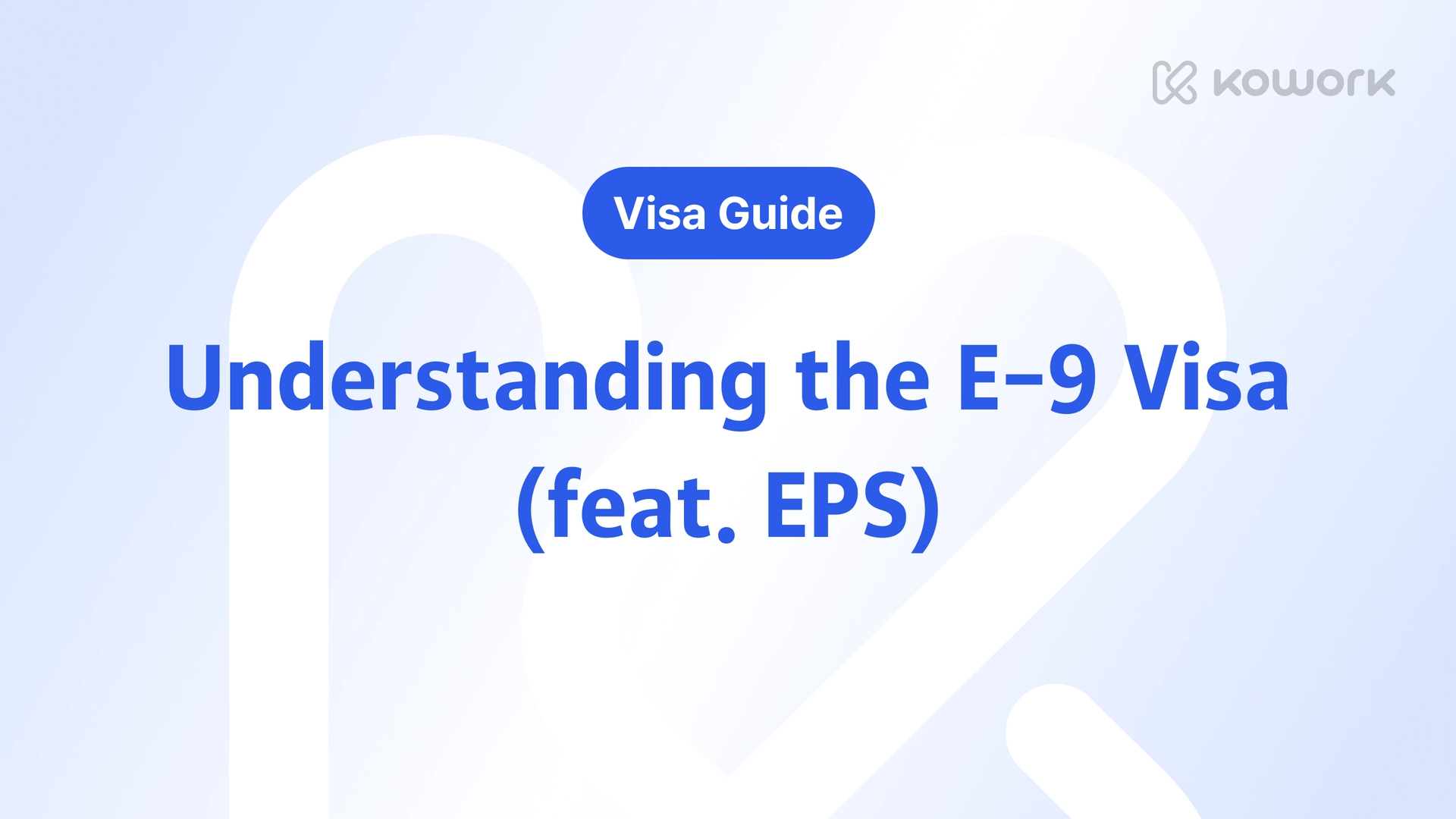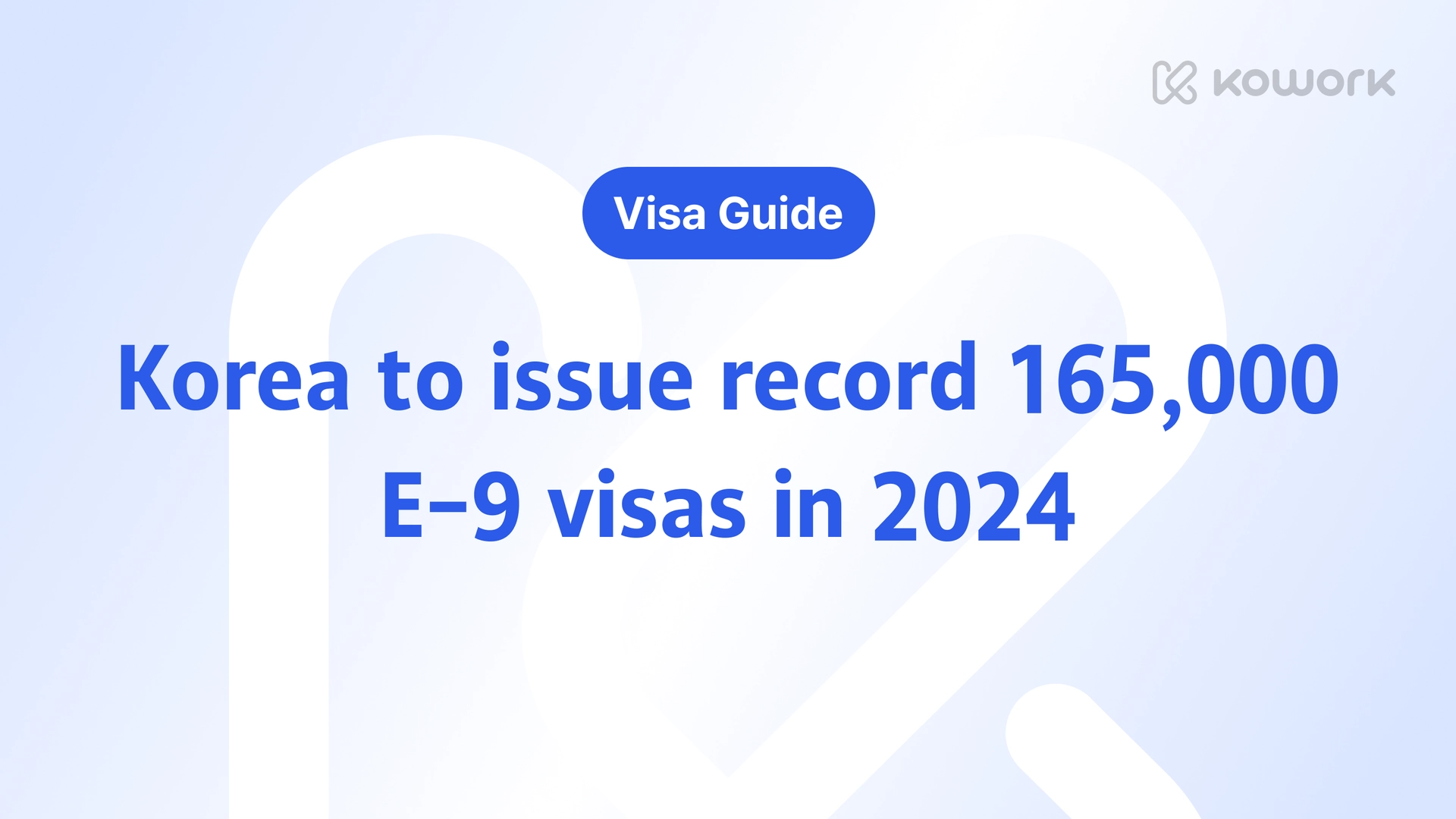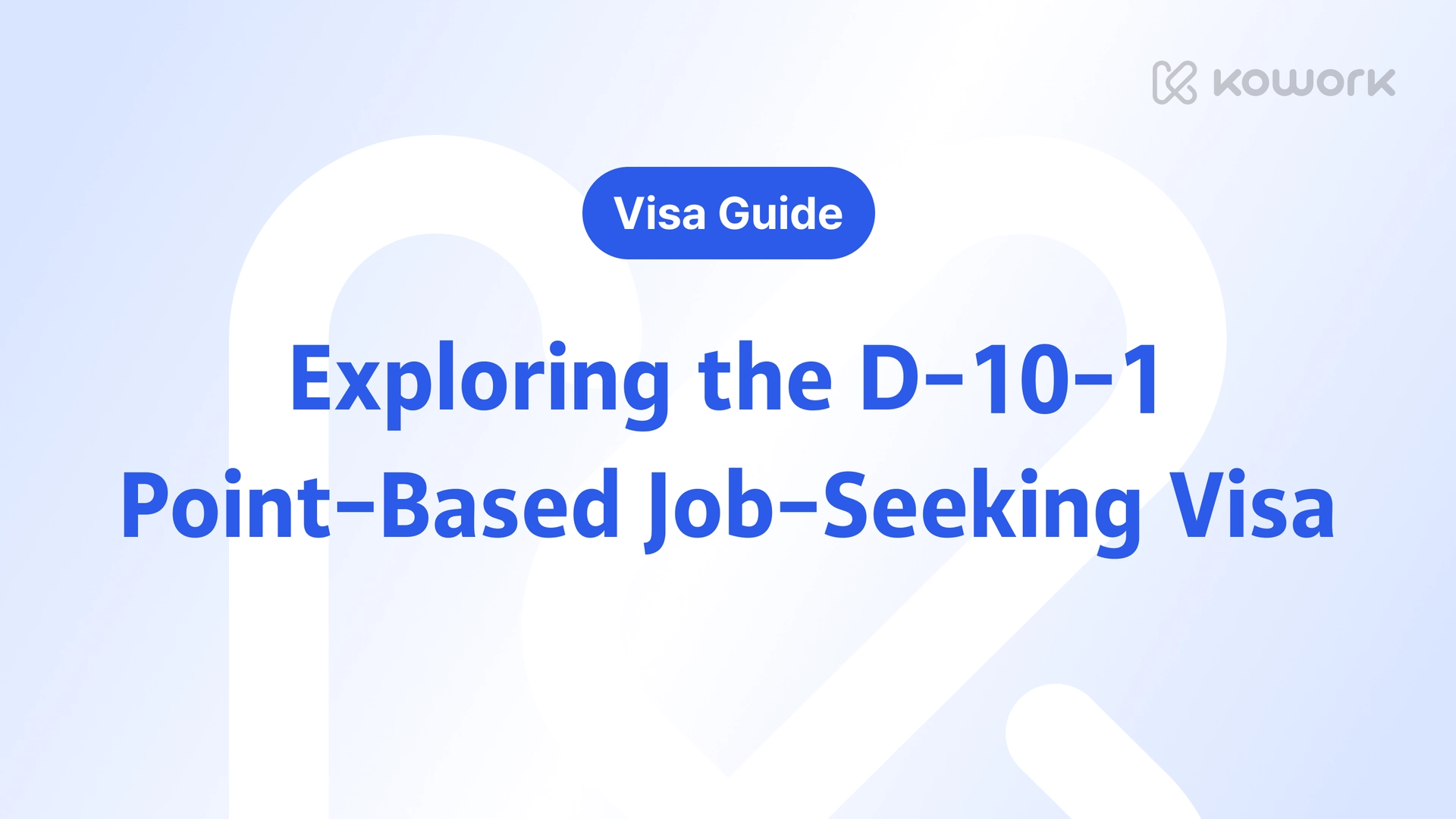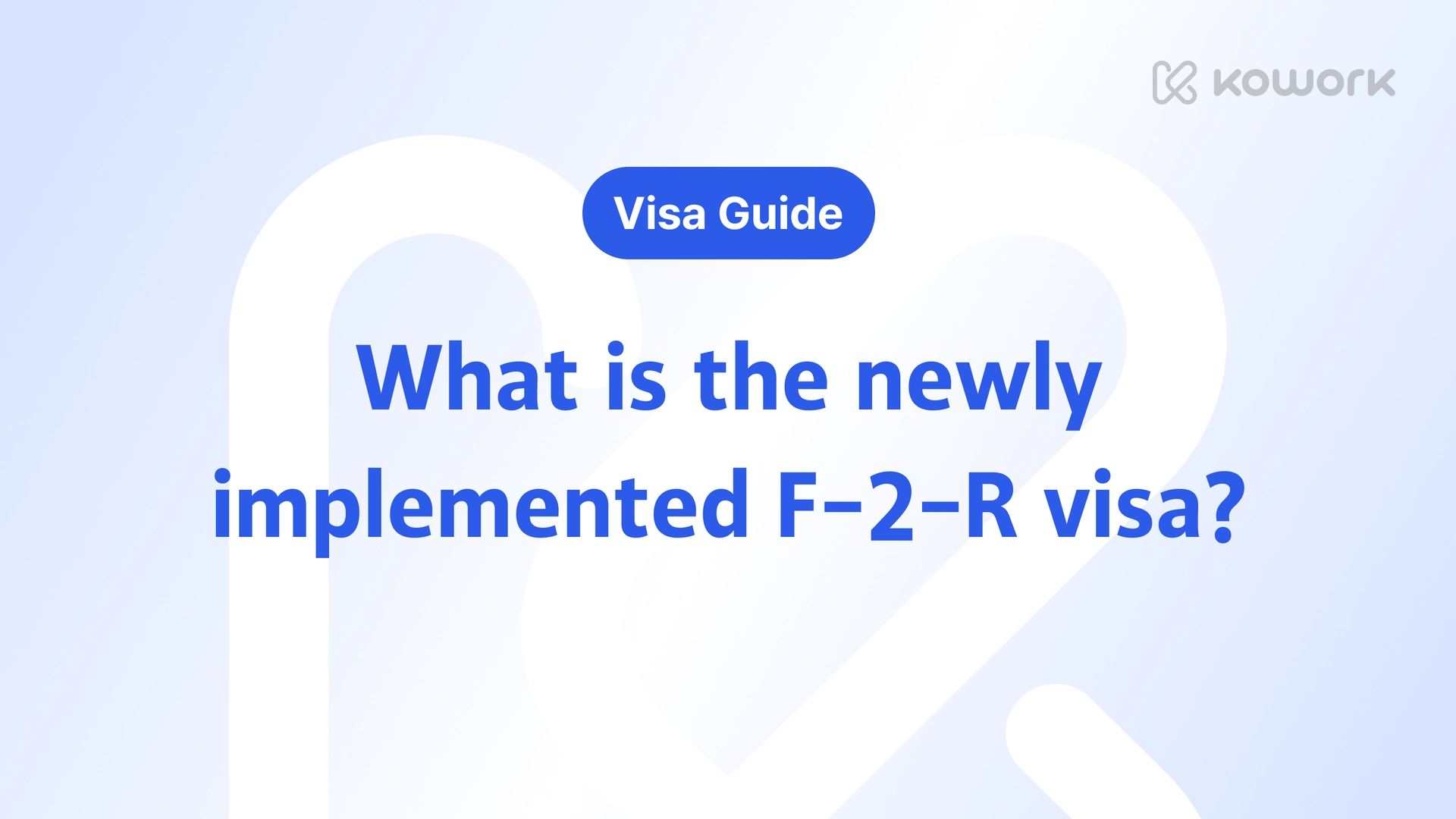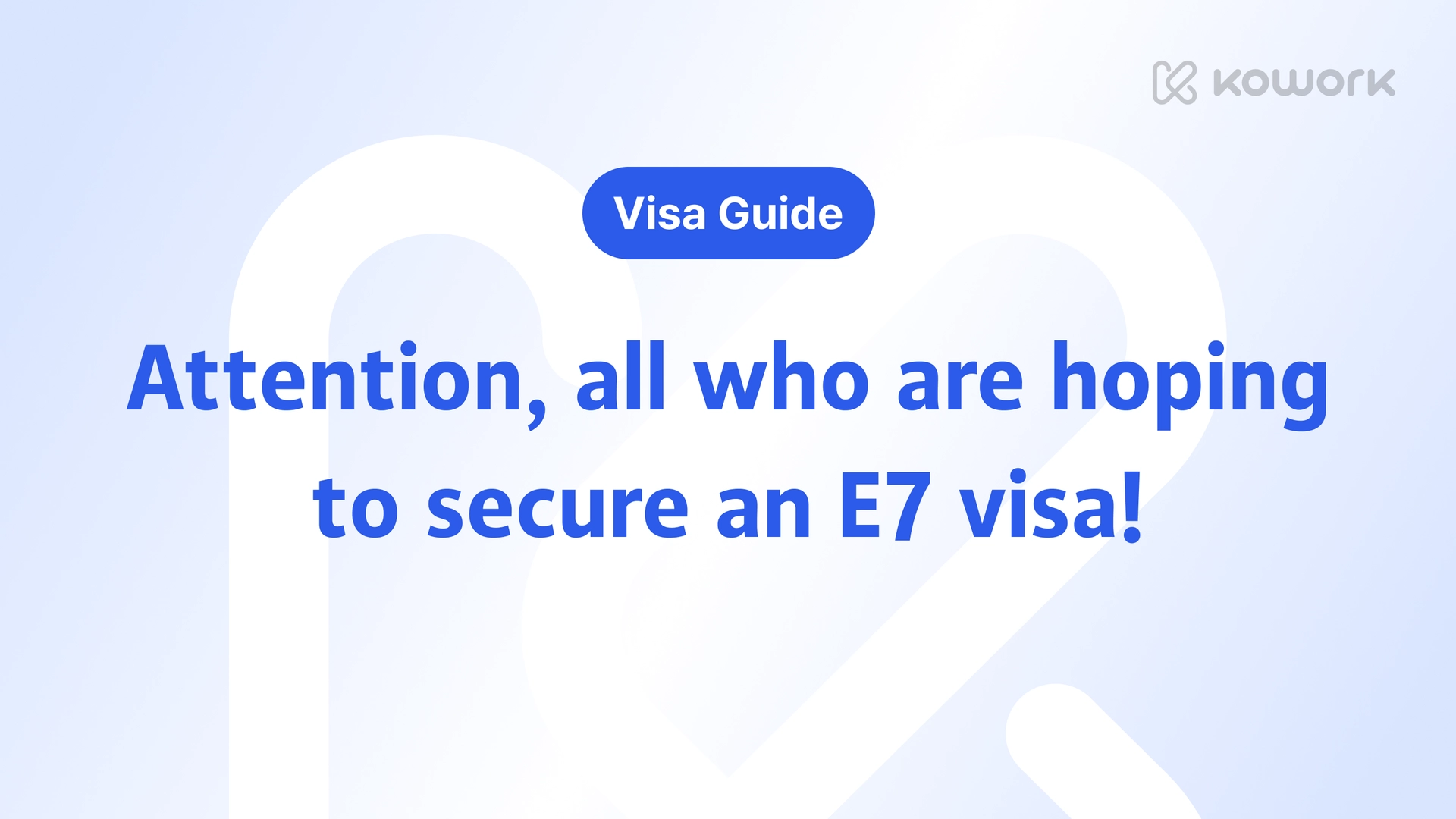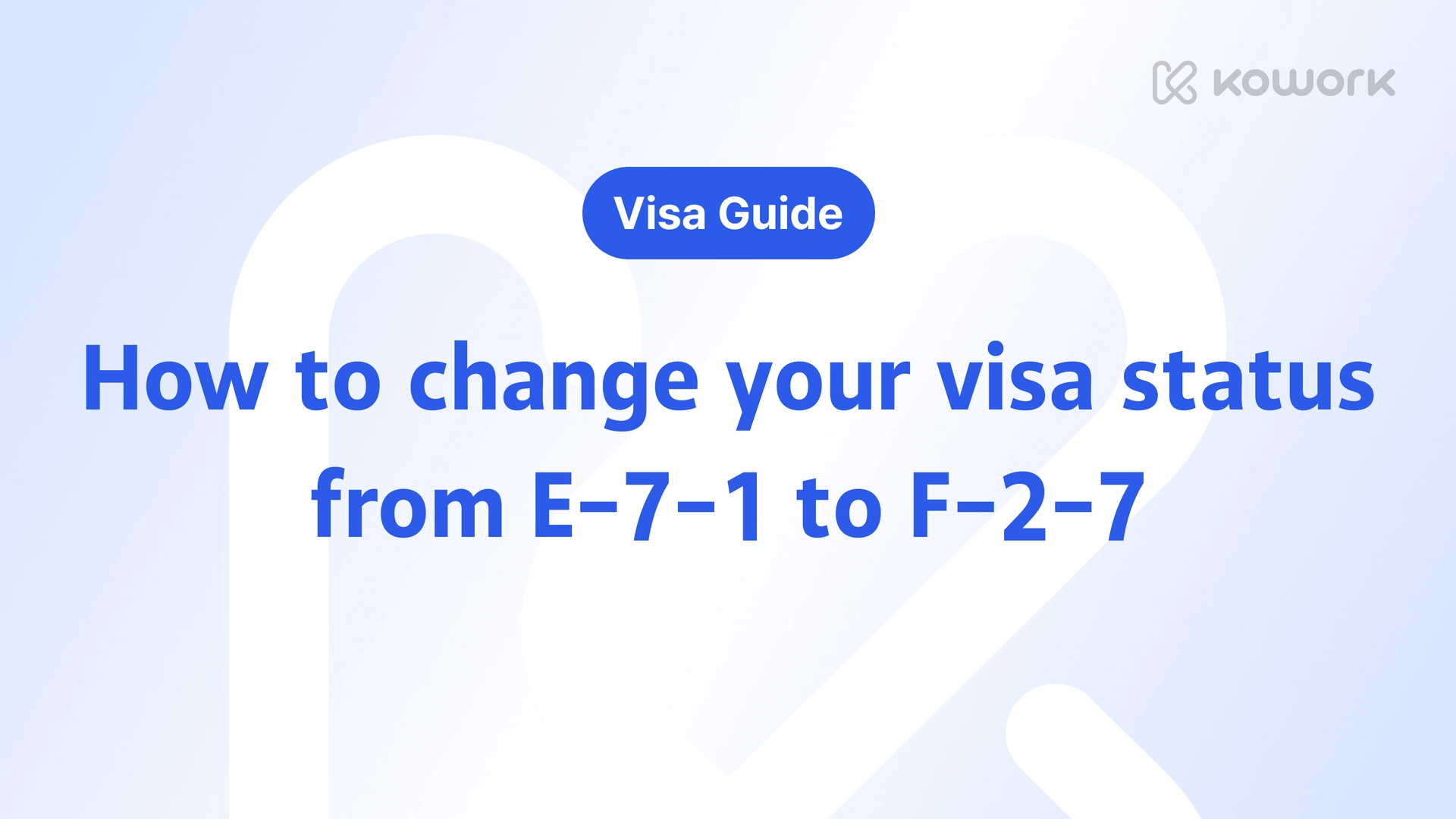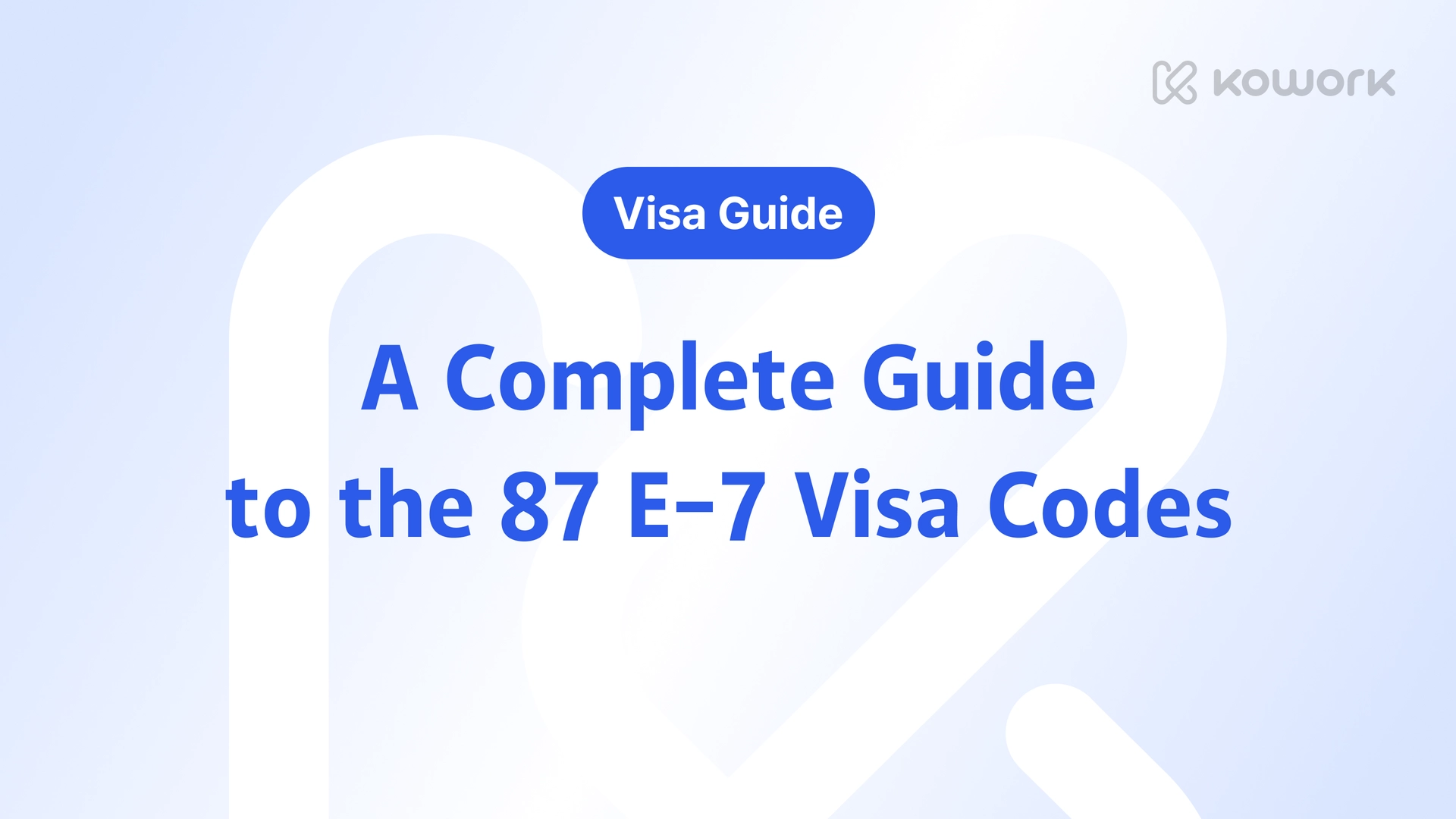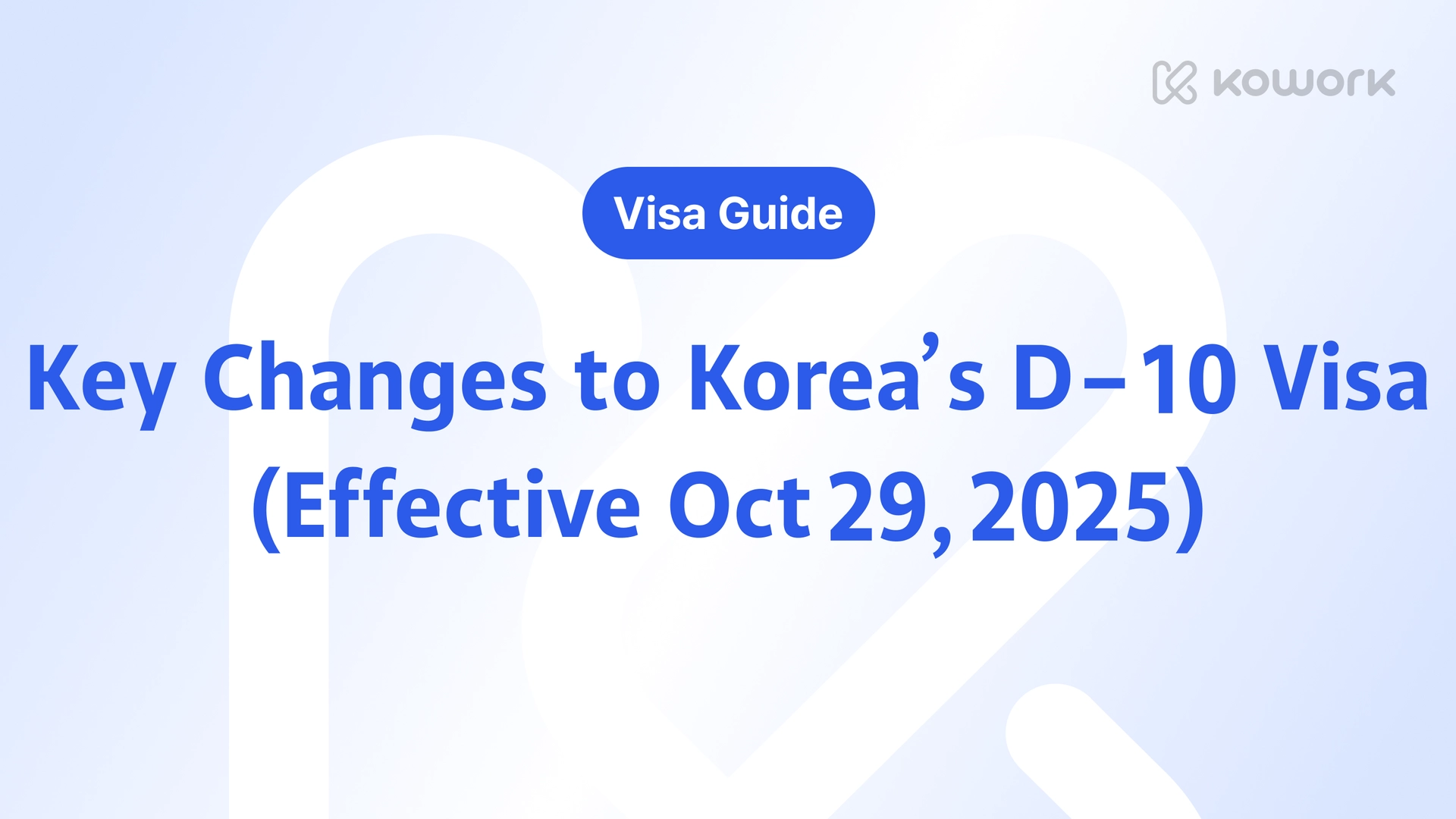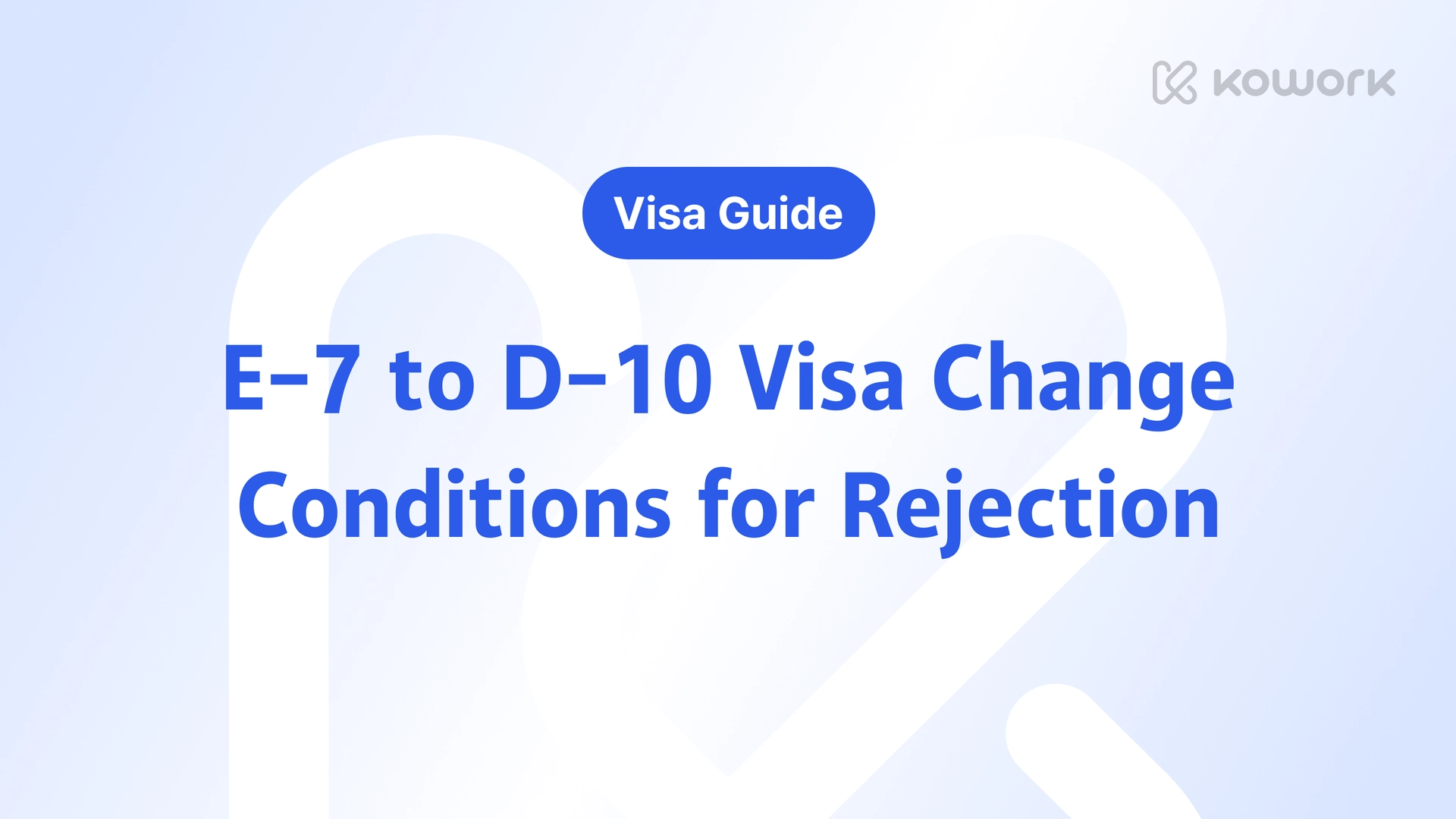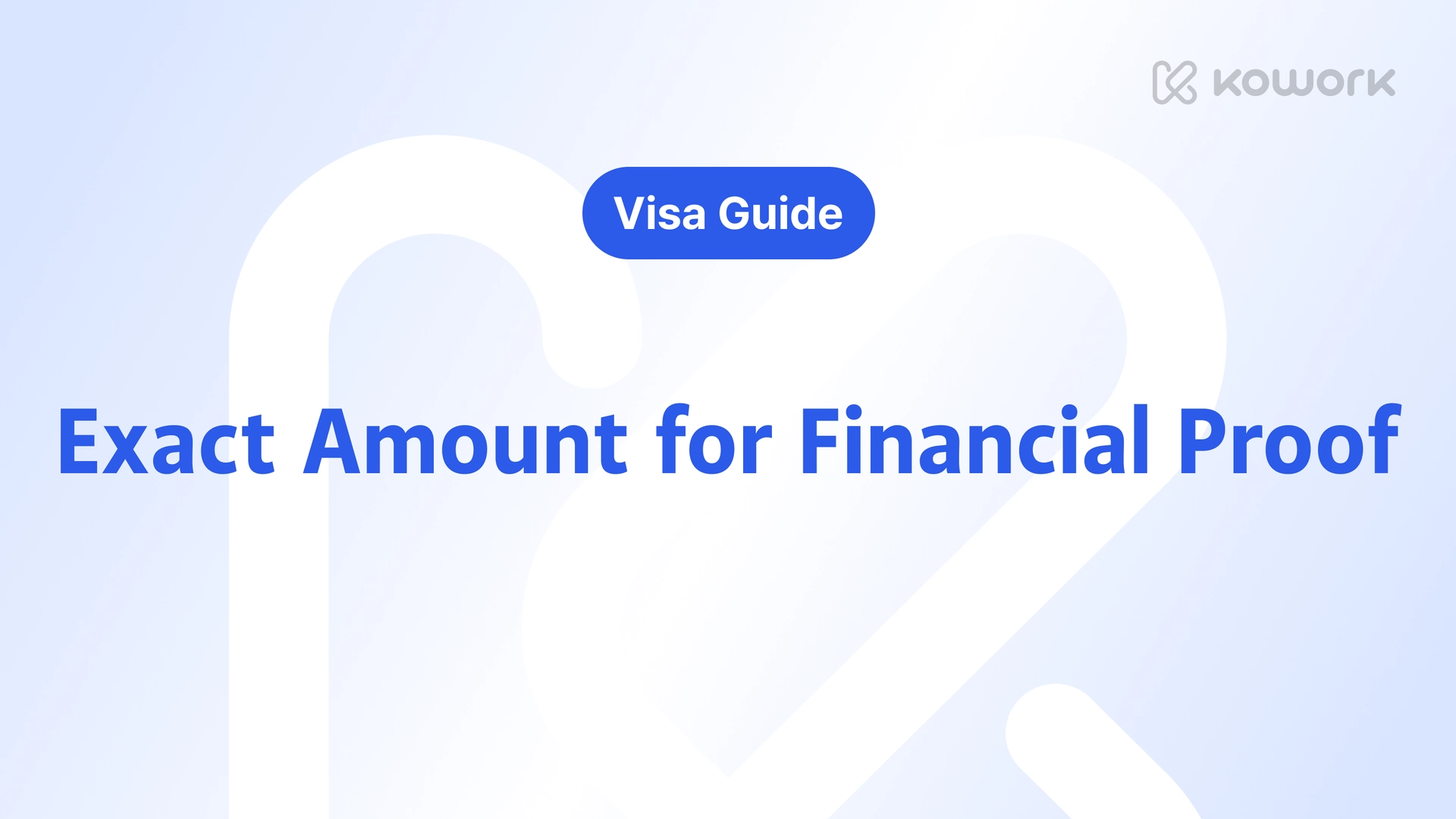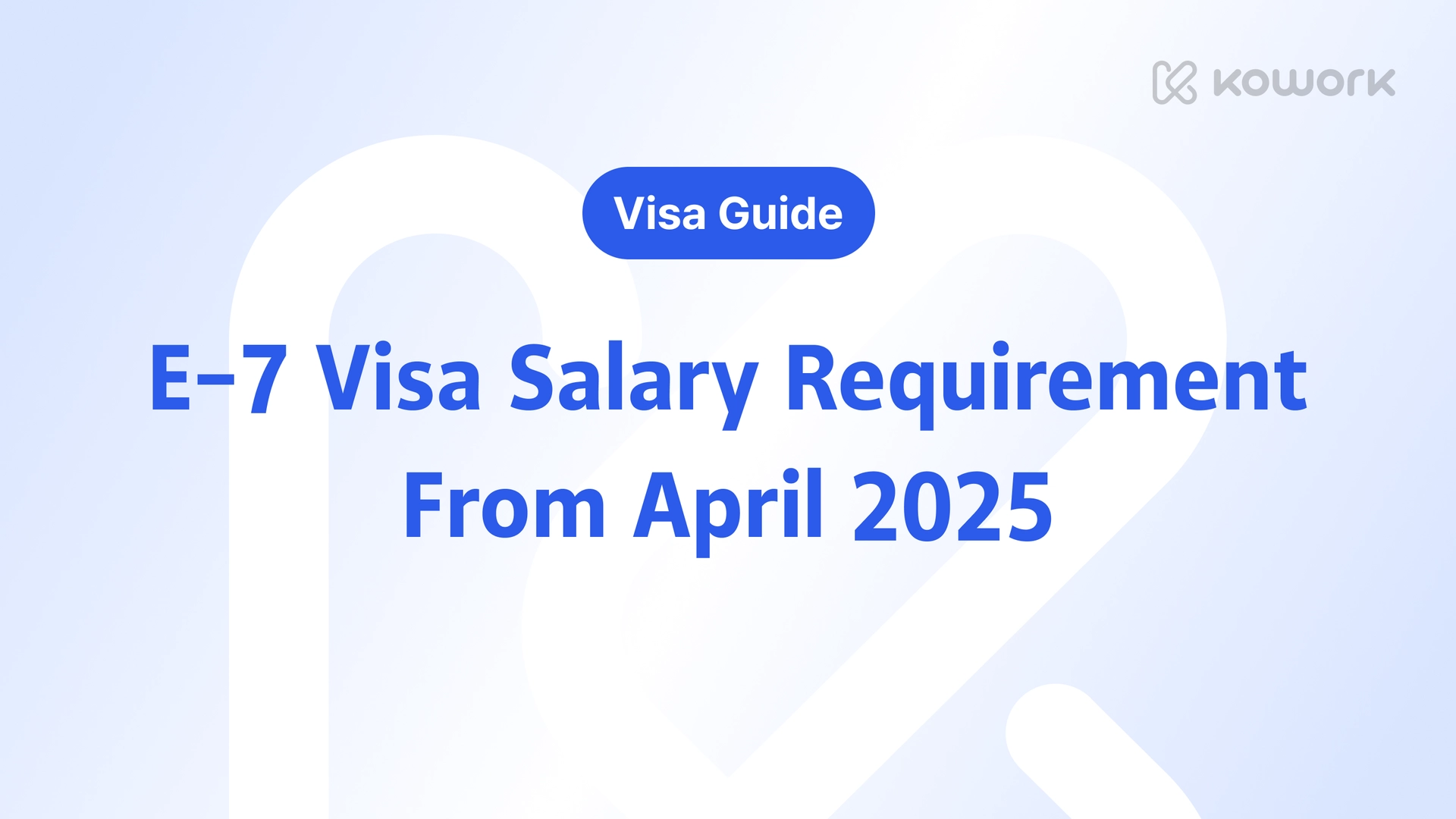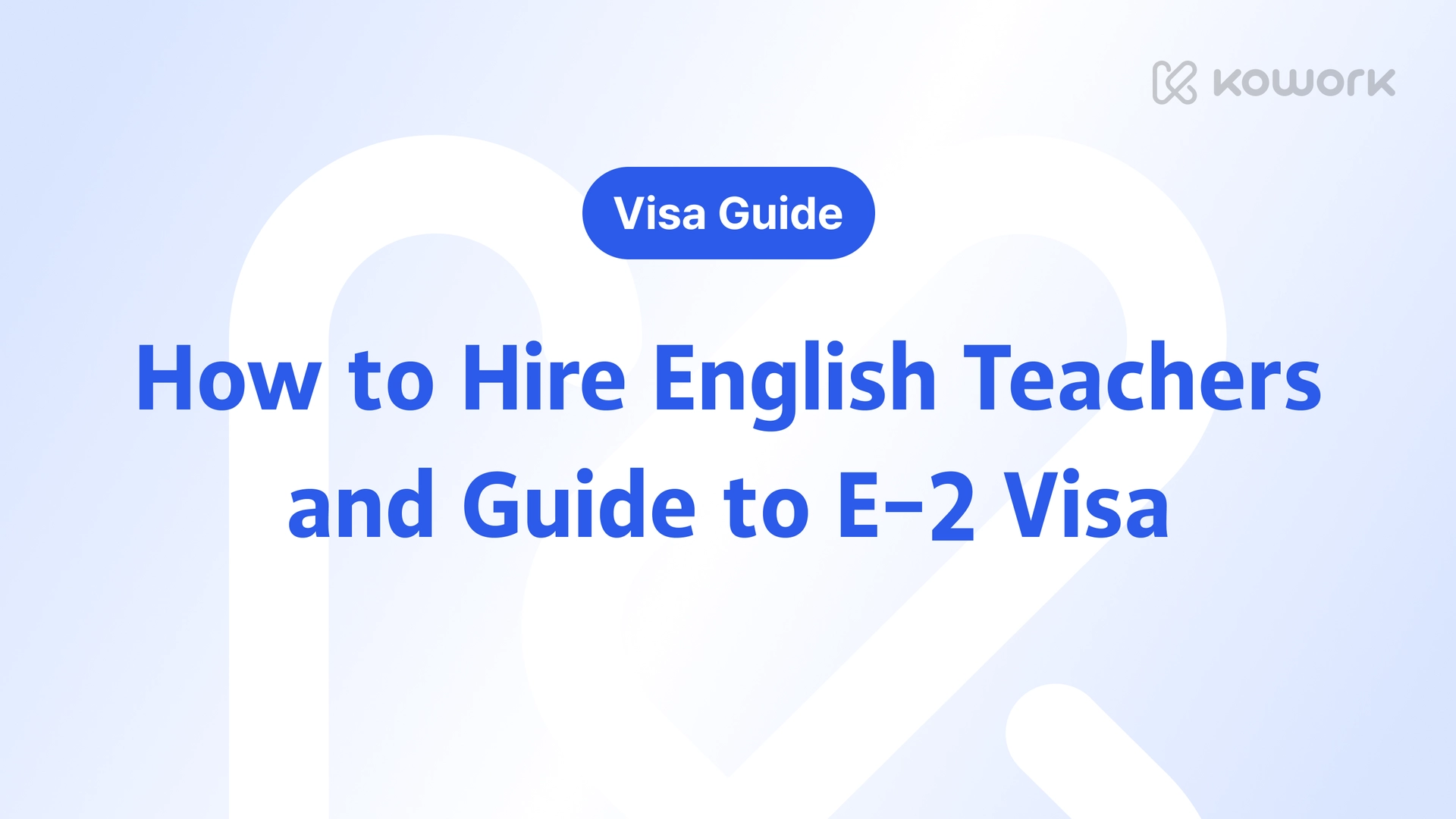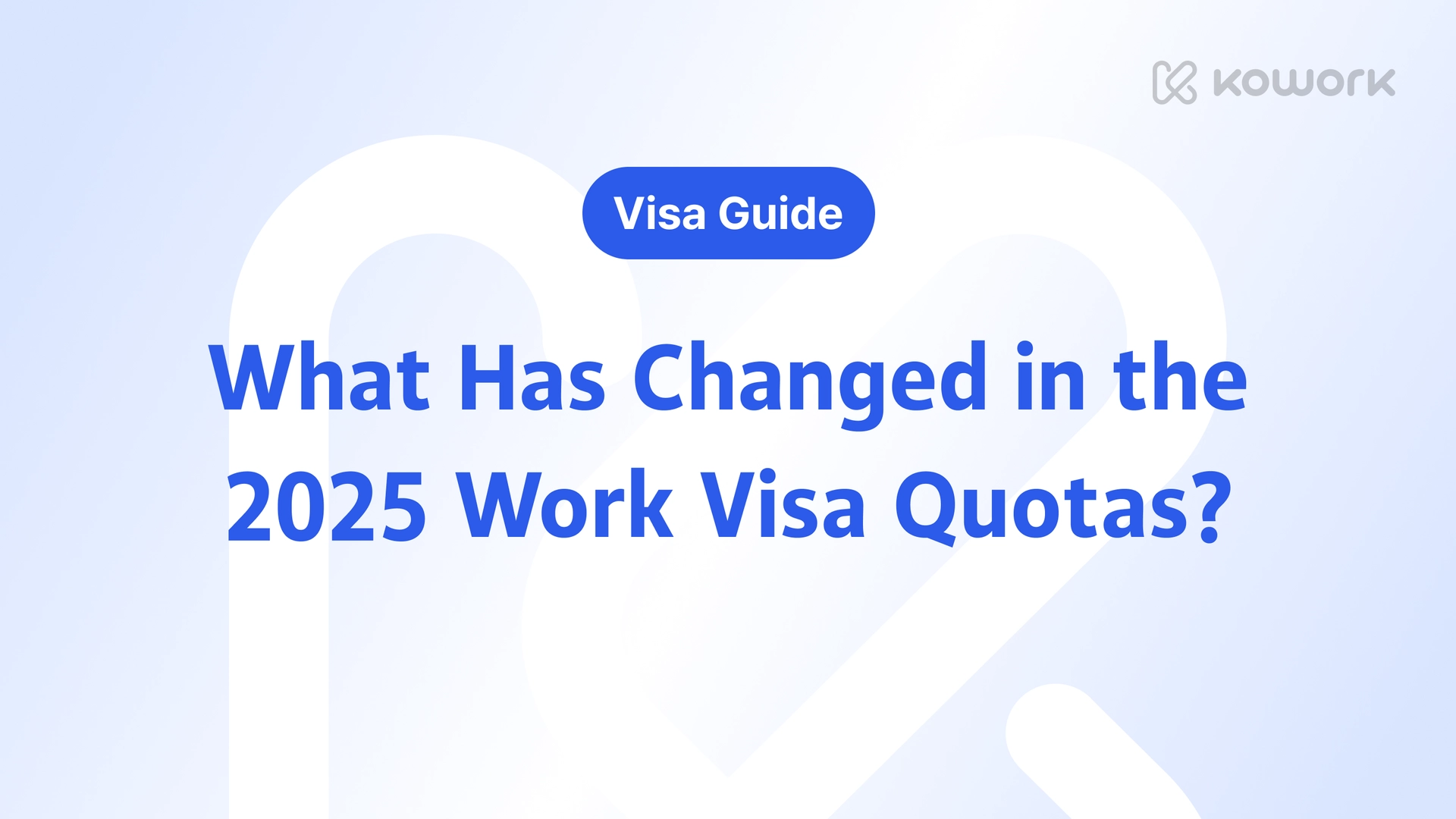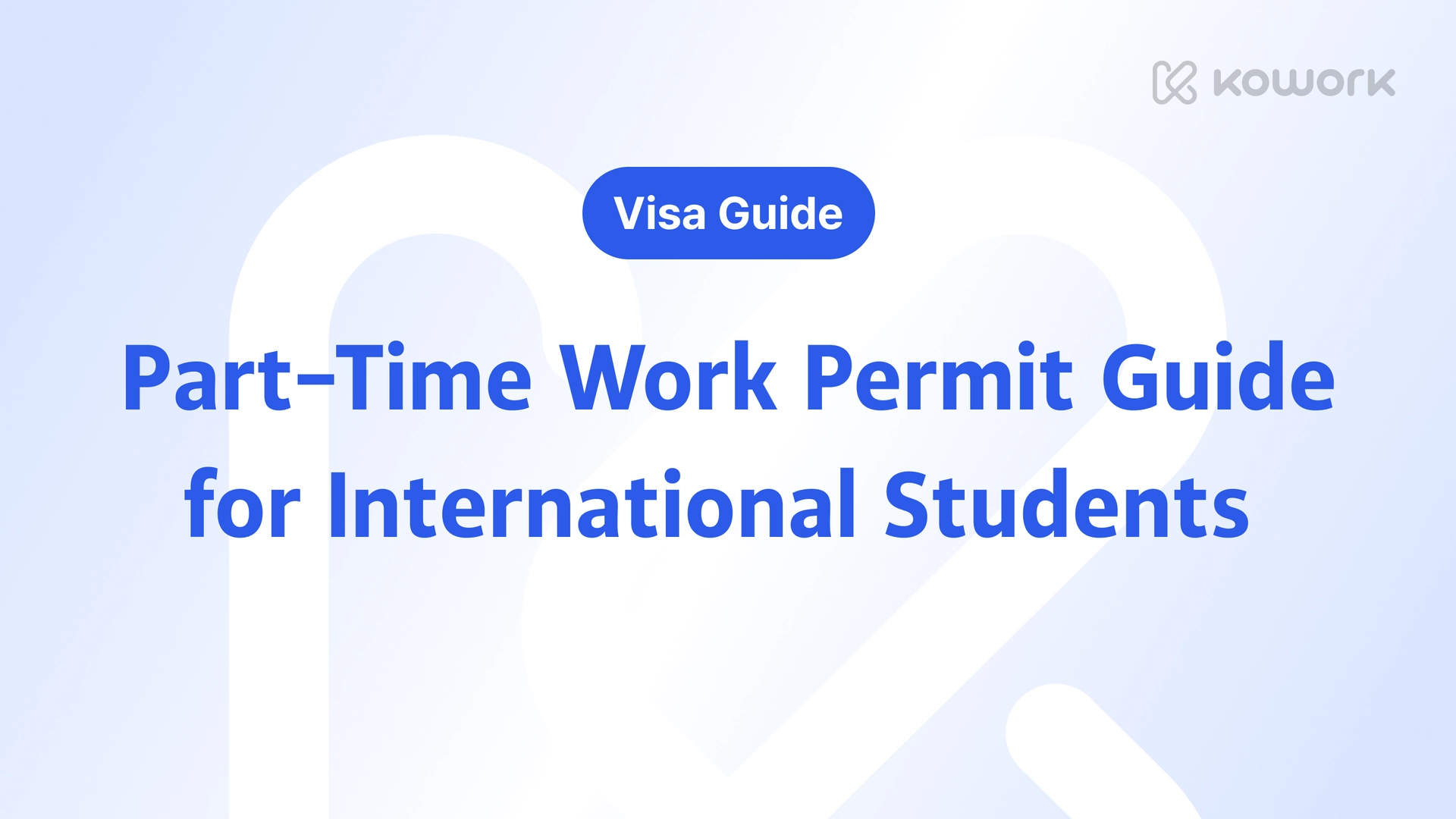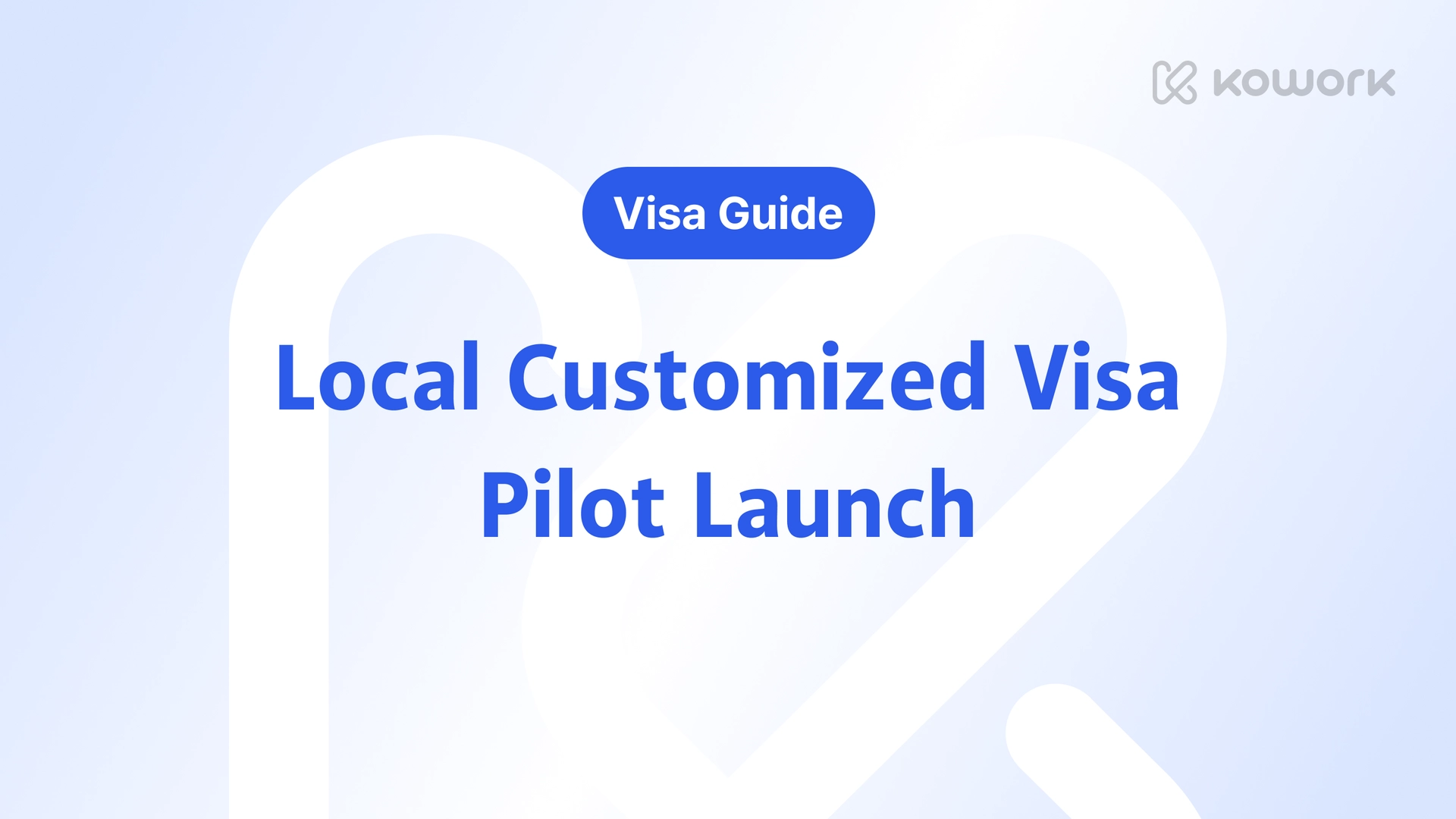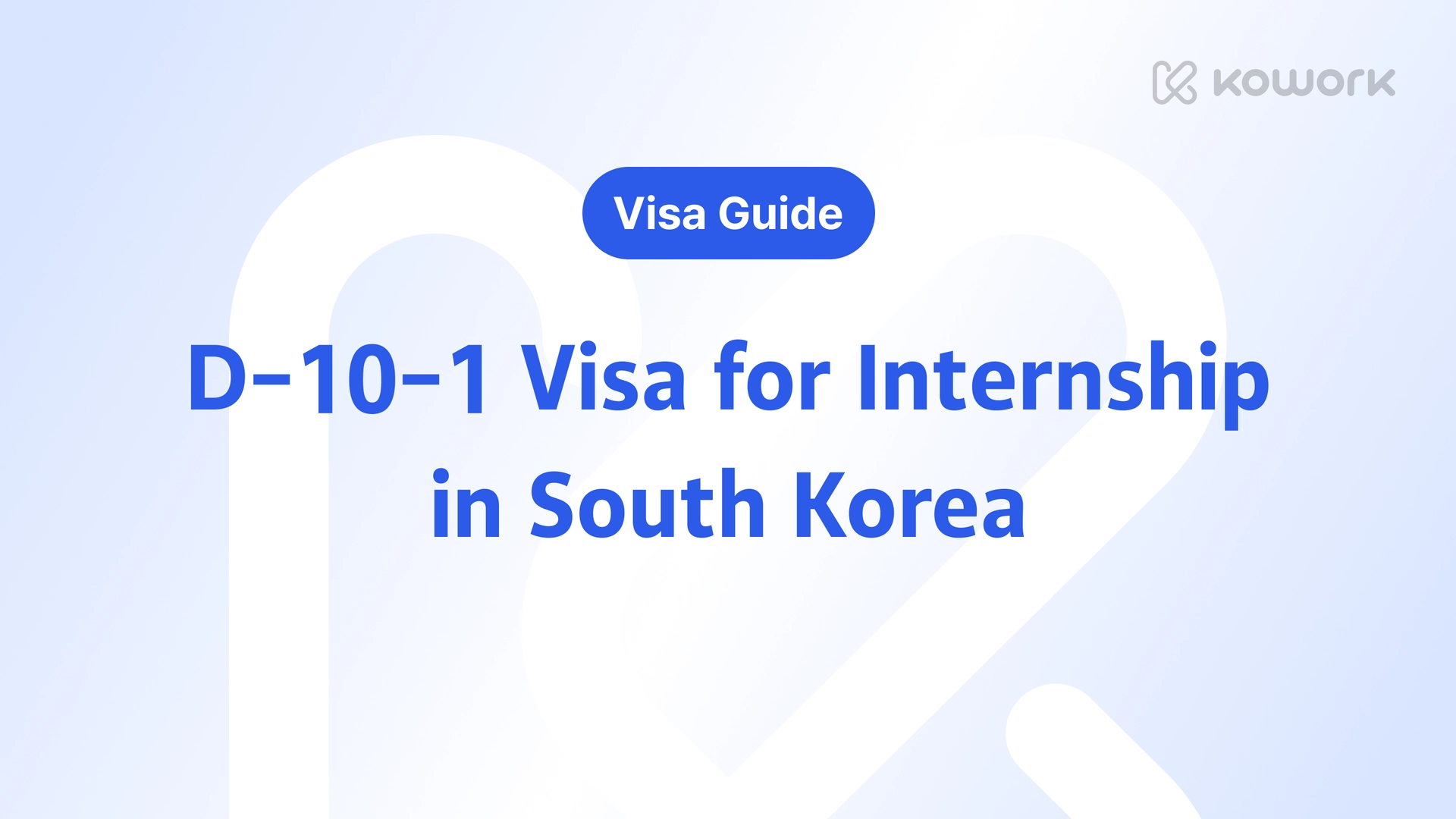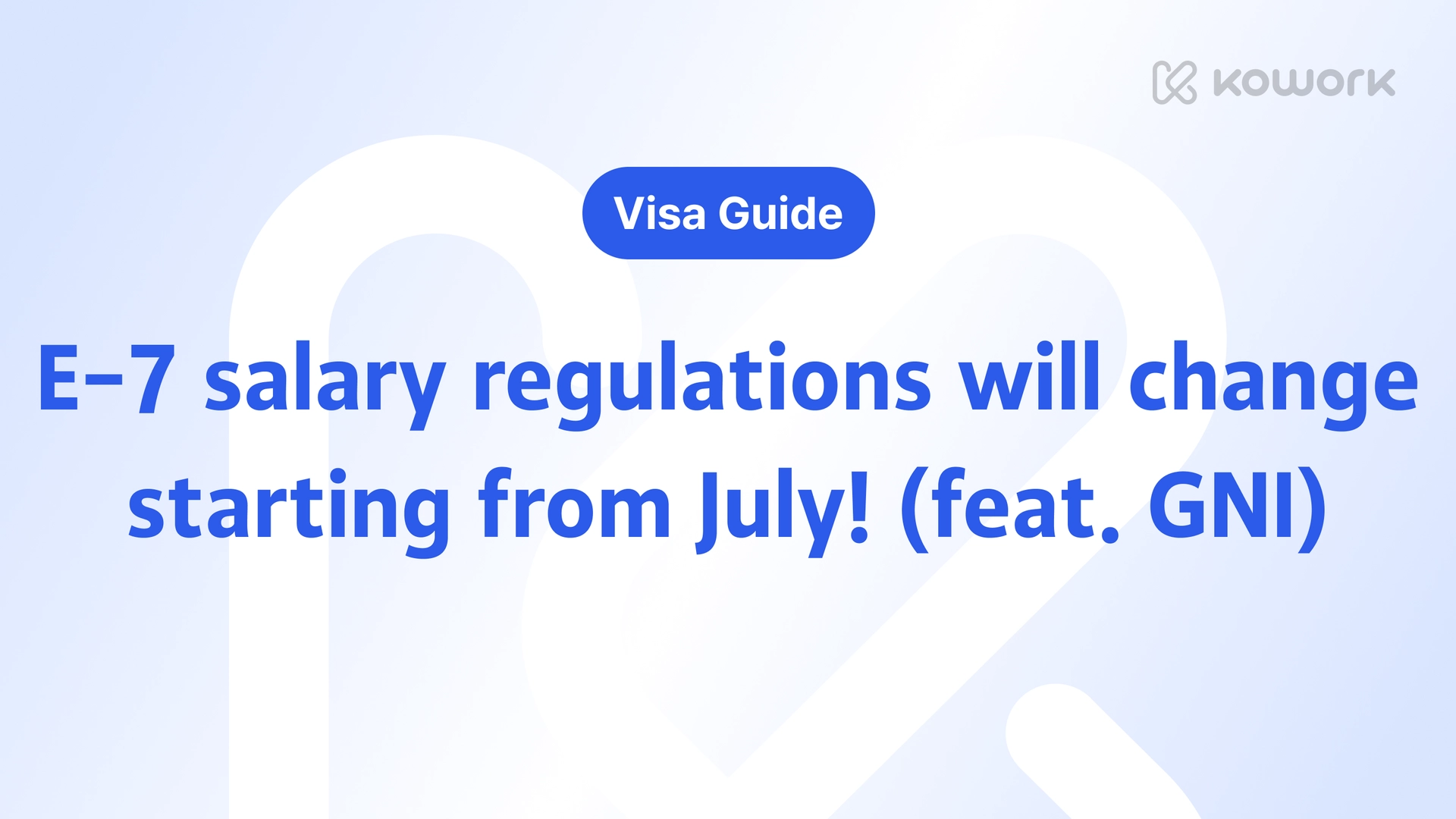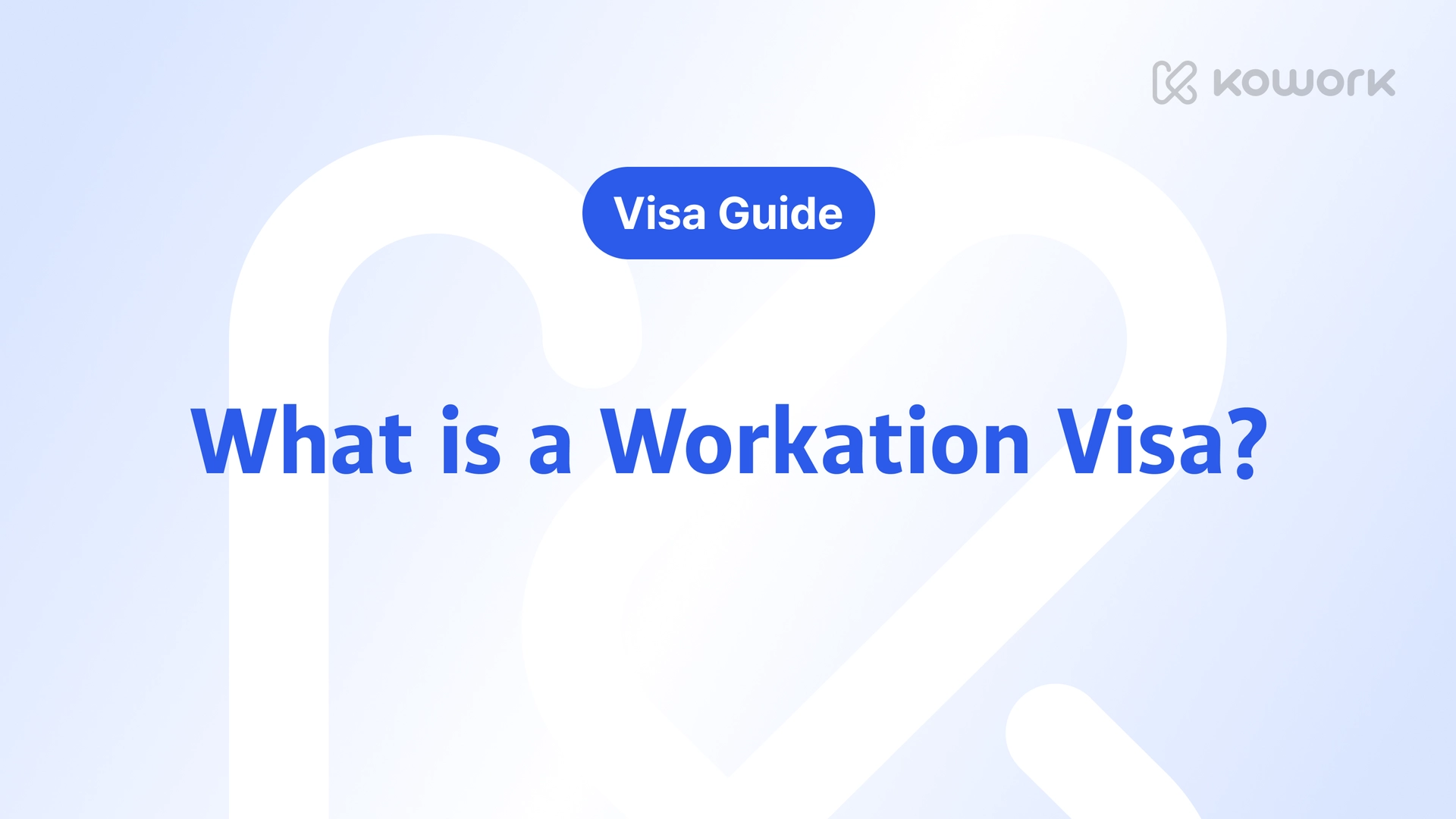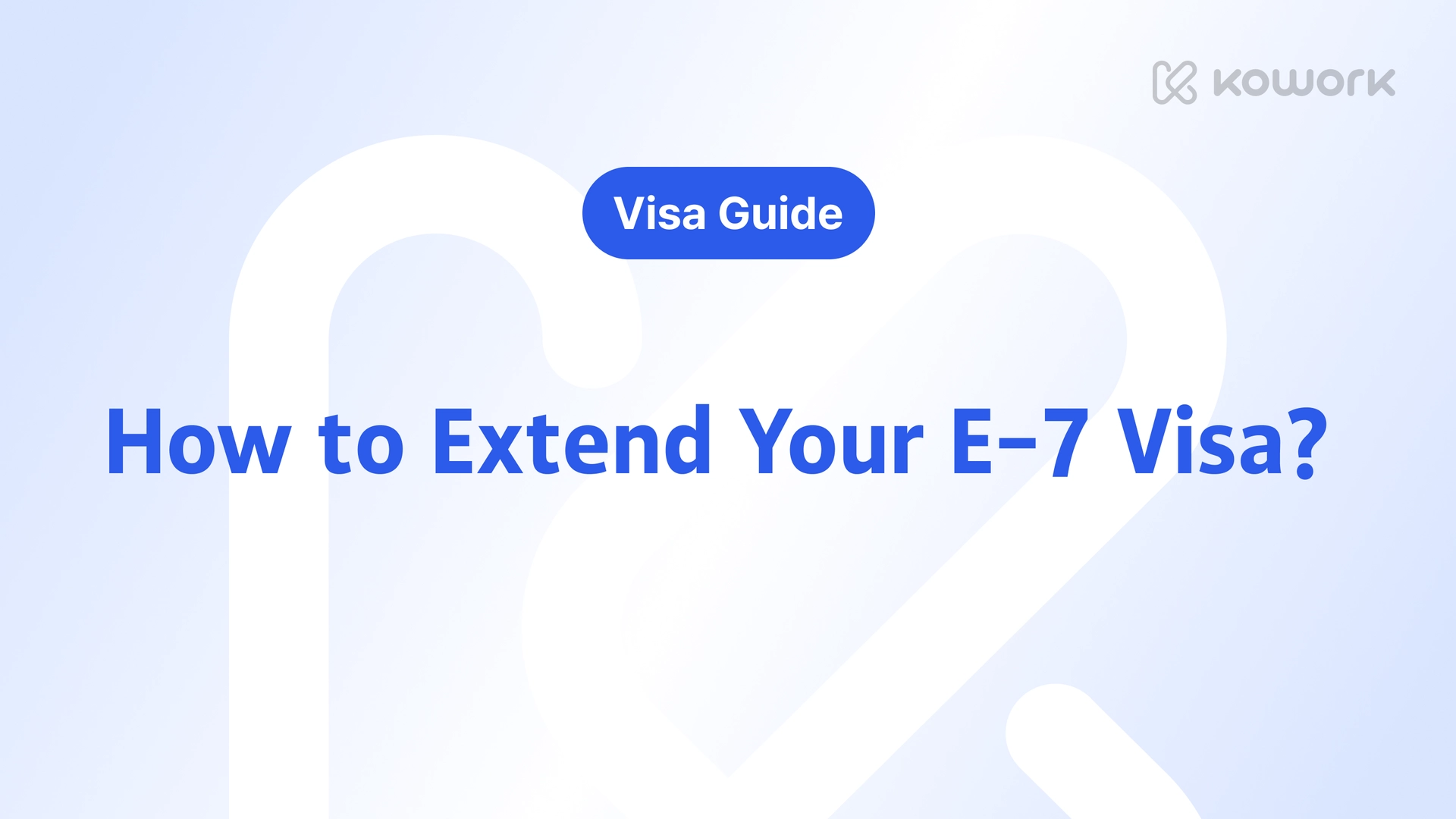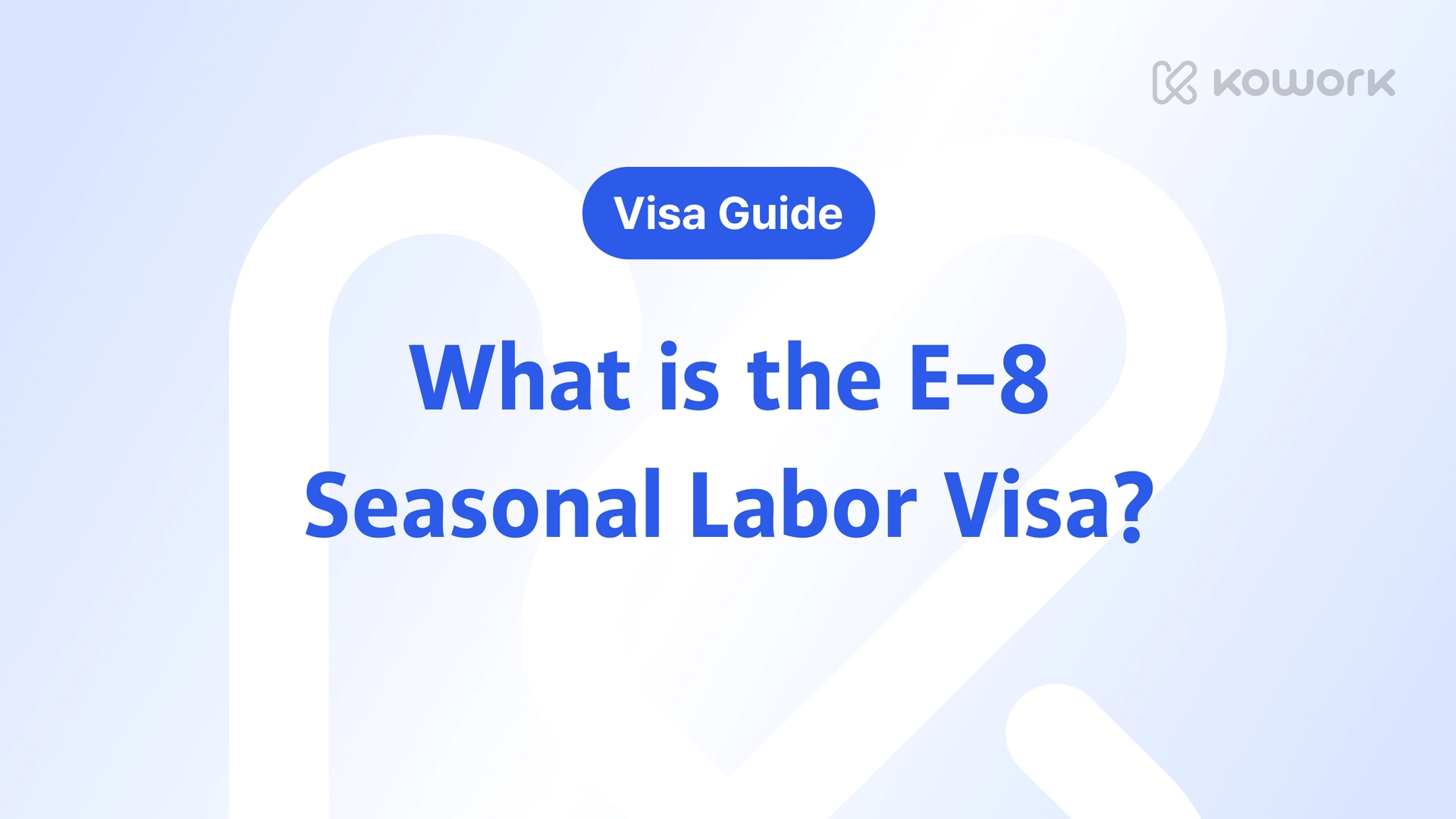✈️ Starting Your Career in Korea: Understanding the E-9 Employment Permit Visa
Hello, this is Kowork, your trusted foreign recruitment platform! ☺️
Today, let’s dive into the E-9 visa, also known as the Employment Permit Visa for Non-Professional Workers.
With recent reductions in E-9 visa quotas, competition has become fiercer. That’s why it’s more important than ever to prepare early and thoroughly!
Let’s explore the employment permit system and the E-9 visa issuance process step by step.

1. What is the Employment Permit System?
The Employment Permit System is designed to support foreign workers in securing employment in Korea.
Employers are granted permission to hire foreign workers, and foreign workers can work in Korea for up to 4 years and 10 months under a formal employment contract with the employer.
Eligible Countries
The E-9 visa is available to workers from specific countries, including Thailand, the Philippines, Vietnam, Indonesia, Mongolia, Nepal, and a total of 16 countries.
2. E-9 Visa Issuance Process
The E-9 visa is issued through several steps. Be sure to start preparing early by following these guidelines:
- Job Search via the EPS System
Foreign workers connect with employers through the EPS system. In some cases, the process is managed through sending agencies in their home countries. - Employment Contract Signing
Employers and foreign workers sign a standardized employment contract. - Verification and Support for Employment Introduction
The Human Resources Development Service of Korea verifies the contract and supports the worker’s entry into Korea. - Issuance of Visa Issuance Certificate
Employers must obtain a visa issuance certificate from the Ministry of Justice. - E-9 Visa Issuance and Entry into Korea
Workers receive the E-9 visa from the Korean consulate and undergo job training before entering Korea. - Health Checkups and Job Training
After entering Korea, workers complete health checkups and job-related training. Adaptation Support and Monitoring
Ongoing support is provided to help workers adapt to life in Korea.
3. Changes to E-9 Visa Quotas in 2025
The Korean government has set the 2025 E-9 visa quota at 130,000, a 21.21% reduction compared to this year’s 165,000. In particular, the construction sector’s quota has been drastically reduced from 6,000 to 2,000 workers. While the manufacturing and agriculture sectors maintain relatively stable quotas, competition across all sectors is expected to increase.
Quota Allocation by Industry (2024 Data):
- Manufacturing: 32,876 workers
- Agriculture and Livestock: 4,356 workers
- Fisheries: 3,776 workers
- Construction: 583 workers
- Services: 537 workers (including 162 in the restaurant sector)
To adapt to changing labor demands, the government has increased the flexible allocation quota from 20,000 to 32,000 workers.
4. Early Preparation is Key!
With reduced quotas, competition for the E-9 visa is expected to be intense. Foreign workers aiming to work in Korea must prepare well in advance.
From registering on the EPS system to signing employment contracts, obtaining visas, and completing training, make sure to familiarize yourself with all the steps.
Kowork provides a wealth of information to help foreign workers find stable employment in Korea and connects companies with global talent.
Start your journey with Kowork, the leading foreign recruitment platform specializing in visa-linked employment for global talent!
Feel free to reach out to us with any questions 😊
